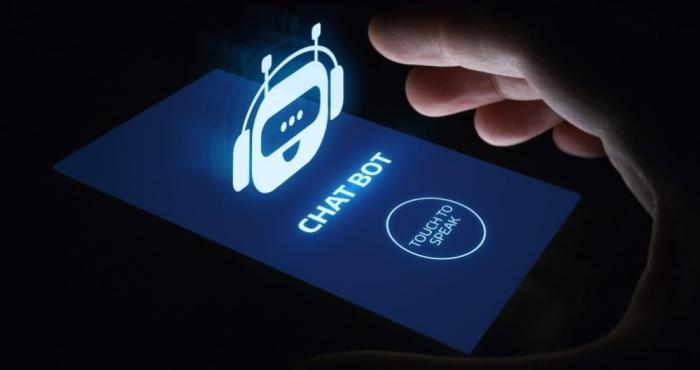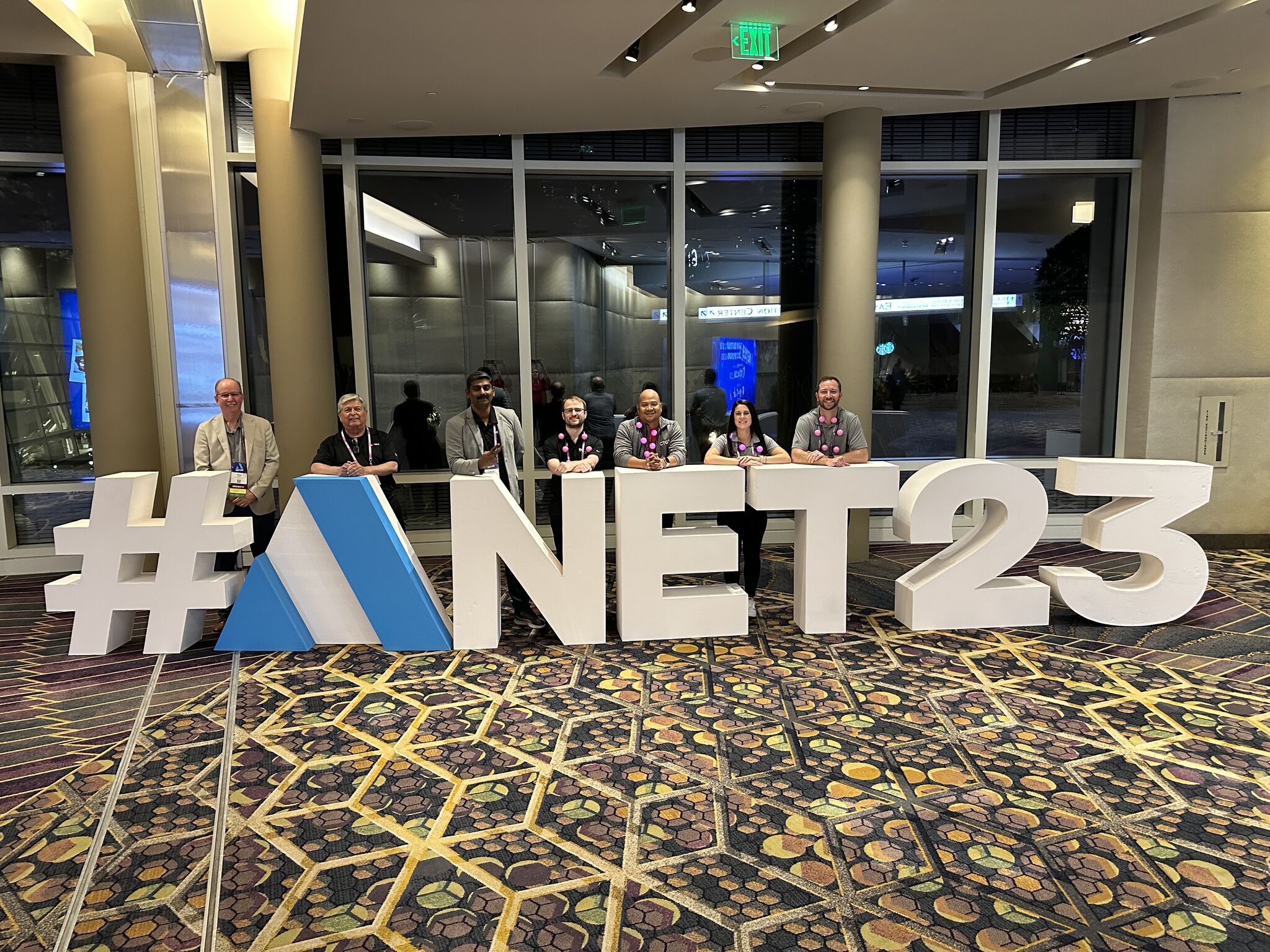Eleviant is to Elevate & Scale. Eleviant Tech symbolizes business transformation and reinforces our mission to help clients elevate and scale their business.
Introduction To Chatbots And How To Test Them
February 27, 2021
Mohamed Irsath

Introduction:
Chatbots, also known as conversational agents, are designed with the help of AI (Artificial Intelligence) software. They simulate a conversation (or a chat) with users in a natural language via messaging applications, websites, mobile apps, or phone.
There are two primary ways chatbots are offered to visitors:
- Web-based applications
- Standalone applications
Chatbots represent a potential shift in how people interact with data and services online. While there is currently a surge of interest in chatbot design and development, we lack knowledge about why people use chatbots.
Here are specific steps to keep in mind for chatbot development.
1. Defined Objectives & Aspirations
Chatbots today mimic human conversations. Thanks to their learning ability and 24/7 presence. They can optimize communication and create real engagement. The client must build a creative and user-friendly interface for communication. Over-burdening your chatbot with traits and crafting it to ace all undertakings will probably set you up for disappointment.
The Approach
Instead of spreading the chatbot too thin over multiple functions, it can be crafted to focus entirely on one essential command. Always keep in mind; individuals need quality, not quantity.
2. Shorter Responses
In today’s fast-paced world, with attention spans growing shorter every second, no one has the time to read out long conversations. Jutting in complicated languages and lengthy dialogues will make the chatbot seem tedious. Though your bot is capable of handling long messages and sending responses to the user, we need a mechanism to ensure that the bot is interactive and capable of responding to diverse and yet common queries that the user might have.
The Approach
When it comes to general usage, a bot should reply to the query in advance during interactions involving single-line or two-line messages. Be imaginative. Keep it basic; the bot must be clear about the next step. To achieve this, we need to train the bot to reply quicker for frequently asked messages.
3. Bot Humanization
There is a fine line between a decent bot and an incredible bot, and the latter is possible only if you give your bot a genuine identity (named as human).
It is not merely enough to pack a sequence of answers and algorithms with a human touch. Never neglect to humanize your bot, as it can leave your potential customer with mixed feelings. Users prefer to have a human conversation, irrespective of the knowledge that they are chatting with a chatbot.
The Approach
You can give a human personality to your bot with a cool title. Discover a particular and personalized name for your bot so that your users can find it easily. Additionally, educate your bot about its representation. Ensure your bot has specific information about its personification, especially when users attempt to get some info about your bot name, age, or its central goal. Ensure to keep your chatbot holistic in approach.
4. Design the conversation
Chatbot conversations are designed to attract customers. But when this is not executed correctly, it can be taxing on the customer experience. Most chatbots redirect to the Live agent quickly, wherever there are in-depth queries and conversations required. This can help retain the customers’ interest.
The Approach
Conversational chatbots are now enabling you to comprehend your customer’s demands better and collect more significant information to make the interaction between your bot & customer more open and easier. We need to monitor the use-cases in clients’ current activities and save communication flows.
5. Poor escalation protocol
Undoubtedly, a chatbot can communicate with the clients and help them to settle on an active choice by demonstrating them the data from the database and contingent upon the information given by clients.
The bots can likewise get to the client’s expressed objective, keeping in mind that the end goal is to allow adequate search and results. They can gather and present pre-chosen reviews to clients amid an interaction, given the keyword found in the data.
However, if any procedure is extremely customized and profitable, for example, marketing, then it may be helpful also to keep a human in the string. It is vital to comprehend how and where are you going to utilize your chatbot for effective business practices.
The Approach
Chatbots can be utilized for various reasons. But one fundamental reason that organizations adapt to chatbots is the reliable customer service and customer engagement. Chatbots enhance user experiences and increase the value of the organization. At the point that a customer has a positive involvement with an organization, they will, in the end, turn into a trustworthy customer.
Keep in mind that customer experiences remain the critical factor that will add to the success or failure of your chatbot procedure. As chatbots lead towards the standard, many accepted methods for UX and development will rise. Probably a few of the above precautions will be valuable to you in terms of recognizing the issues that divert from your bots UX.
Chatbot Testing
When it comes to testing, we need to clearly understand that the flows are implemented properly in the Chatbot application. In short, we need to derive the use-cases that help users to understand the flows easily rather than referring to the Requirements Document.
As a tester, we will be looking out the functionality bugs at the initial releases, then concentrating more on Usability & UI issues. Testing is not about finding and reporting bugs; we serve as the gatekeepers before the product releases. Hence, we need to shape the application according to the normal user perspective in terms of Design & Usability.
Furthermore, live users expect the chatbot application to be responsive. So, we should perform compatibility testing across all browsers and devices.
Once this is done, you need to perform “user testing” with a closed user group – perhaps, your company staff, client staff, or a subset of real users – to identify as many unexpected inputs as possible. Test automation may help with functional testing, but at the moment, there are no shortcuts for testing conversational logic against real humans.


Get in touch with our Digital consultants to Elevate & Scale your business
Free ConsultationReady to get interesting insights of Eleviant? Subscribe to our Newsletter
SubscribeRelated Posts
RPA Automation
The Ultimate Automation Checklist for Insuran...
RPA Automation
Planning to Scale: How to Move Forward After ...
RPA Automation
Is RPA the Right Fit for Your Insurance Agenc...
Get in touch with our Digital consultants to Elevate & Scale your business
Free ConsultationReady to get interesting insights of Eleviant? Subscribe to our Newsletter
Subscribe
















































